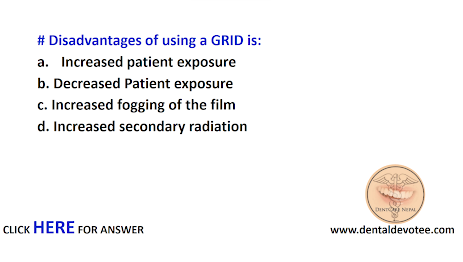# Dentigerous cyst is suspected if the follicular space is more than:
a. 2-3 mm
b. 3-4 mm
C. 1-2 mm
d. More than 5 mm
One of the most difficult differential diagnoses to make is between a small dentigerous cyst and a hyperplastic follicle. A cyst should be considered with any evidence of tooth displacement or considerable expansion of the involved bone. The size of the normal follicular space is 2 to 3 mm. If the follicular space exceeds 5 mm, a dentigerous cyst is more likely. If uncertainty remains, the region should be reexamined in 4 to 6 months to detect any increase in size or any influence on surrounding structures characteristic of cysts.
Reference: Oral radiology Principles and Interpretation, 7th Edition Stuart C. White, Michael J. Pharoah







